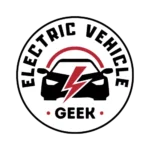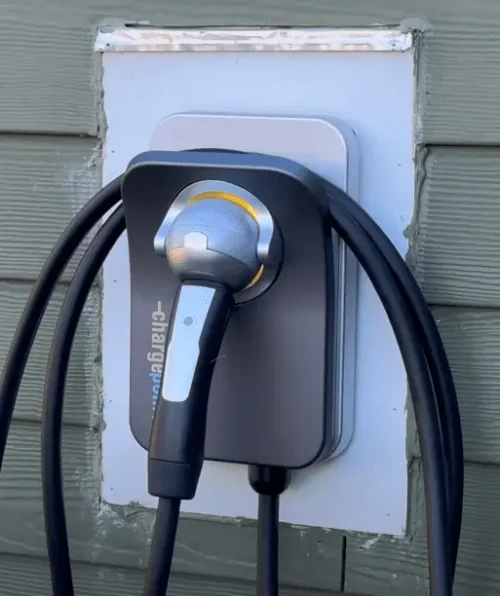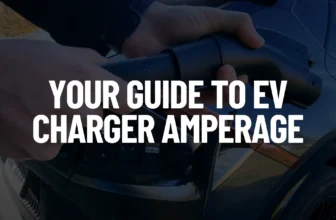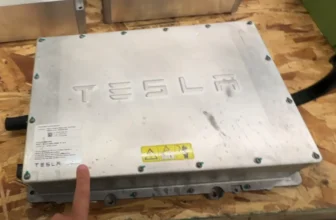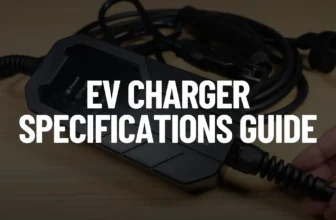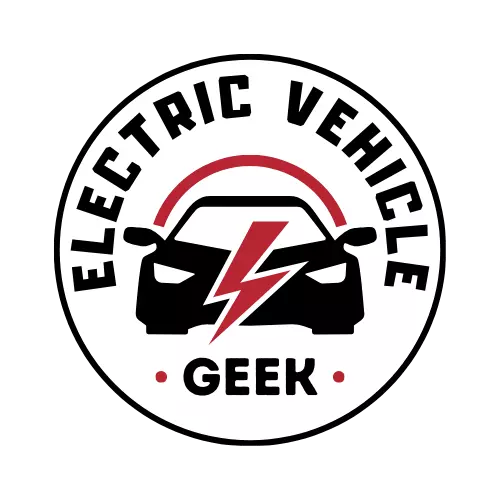Suppose you are looking for an A.C. car charger or are interested in learning about the different types of A.C. chargers, brand recommendations, and specifications of A.C. car chargers available on the market.
In that case, you are in the right place.
The Best A.C. Car Charger for Home (Level 2 A.C. Chargers)
If you are an electric vehicle owner looking for the best A.C. Car Charger, we have bought 25 A.C. chargers available today and invested hours of research and testing.
Here are the top 3 A.C. Car Chargers that we recommend.



What’s the Difference Between A.C. Car Chargers and D.C. Car Chargers
The significant difference between A.C. Car Chargers and D.C. Car Chargers is where A.C. to D.C. is converted. As shown in the infographics below, In an A.C. Car Charger, the conversion of A.C. to D.C. happens on the electric vehicle onboard charger, which is common in modern electric vehicles. At the same time, the D.C. Car Chargers convert A.C. to D.C. within the D.C. Car Charger Station itself.

It’s also important to note the A.C. Car Charger and the D.C. Car Charger Plugs are different, as shown in the table below.
| Japan | America | Europe, the rest of the World | China | |
|---|---|---|---|---|
| AC Car Charger Plug | J1772 (Type 1) | J1772 (Type 1) | Mennekes Plug (Type 2) | GBT |
| DC Car Charger Plug | CHAdeMO | CCS1 | CCS2 | GBT |
We have also designed an infographic below showing the actual A.C. Car Charger Plugs and D.C. Car Charger Plugs.
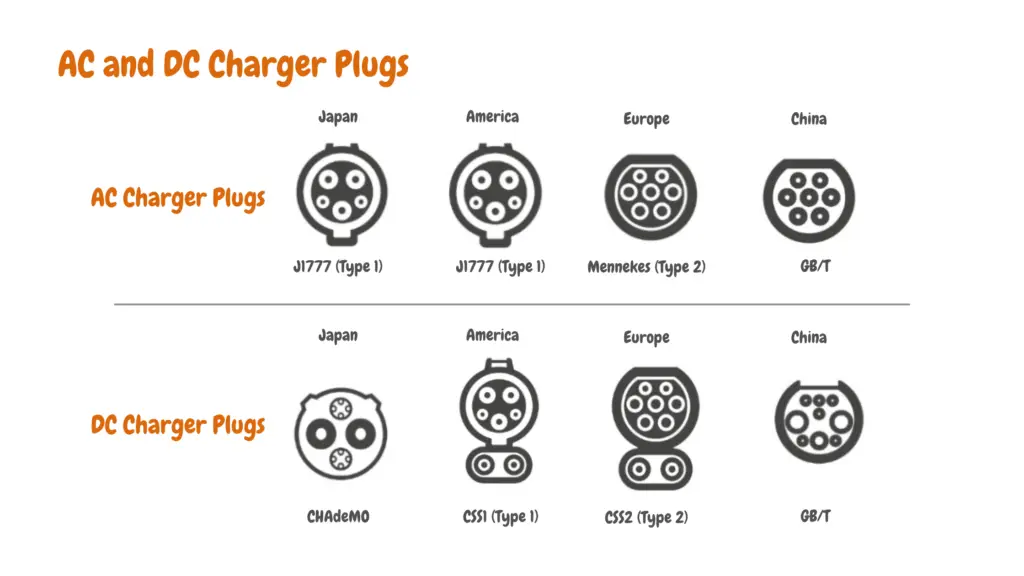
The graph illustrates the varying charging speeds between DC and AC as your battery level increases. DC charging experiences a gradual slowdown as the battery approaches total capacity, whereas AC charging maintains a relatively consistent speed across different charge states.
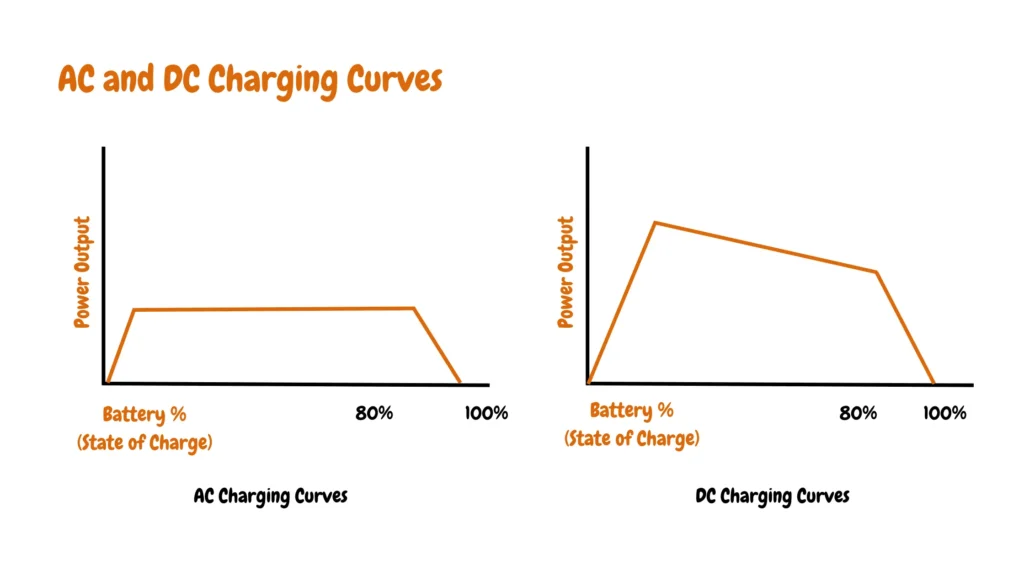
What Are the Different Types of A.C. Chargers?
There are three types of A.C. chargers: Type 1 A.C. Charger, Type 2 A.C. Charger, and Type 3 A.C. Charger. A.C. chargers are standardized as follows:
| A.C. Chargers Type | A.C. Chargers Standardization |
|---|---|
| Type 1 A.C. Charger | IEC 62196-2 SAE J1772 |
| Type 2 A.C. Charger | IEC 62196-2 |
| Type 3 A.C. Charger | IEC 62196-2 |
The most commonly used A.C. Charger in the United States is the Type 2 A.C. Charger, which supports single- or three-phase charging, depending on your installation configurations. It can operate voltages of 480 V a.c on a three-phase installation and 250 V a.c on a single-phase installation.
Type 1 A.C. Charger
Type 1 A.C. Charger is commonly known as the Yazaki and reflected by SAE J1772; it supports only single-phase E.V. charging; its E.V. Coupler, which consists of the A.C. Car Charger Connector and E.V. Charging Inlets, supports charging voltages of 250 V a.c and currents of up to 32 A on single phase installations.
You can quickly identify the Type 1 A.C. Charger connector by its five pins and sleeves on its A.C. Car Charger Connector and E.V. Charging Inlets, as described in the A.C. Car Charger Connector and E.V. Charging Inlets infographics image below:
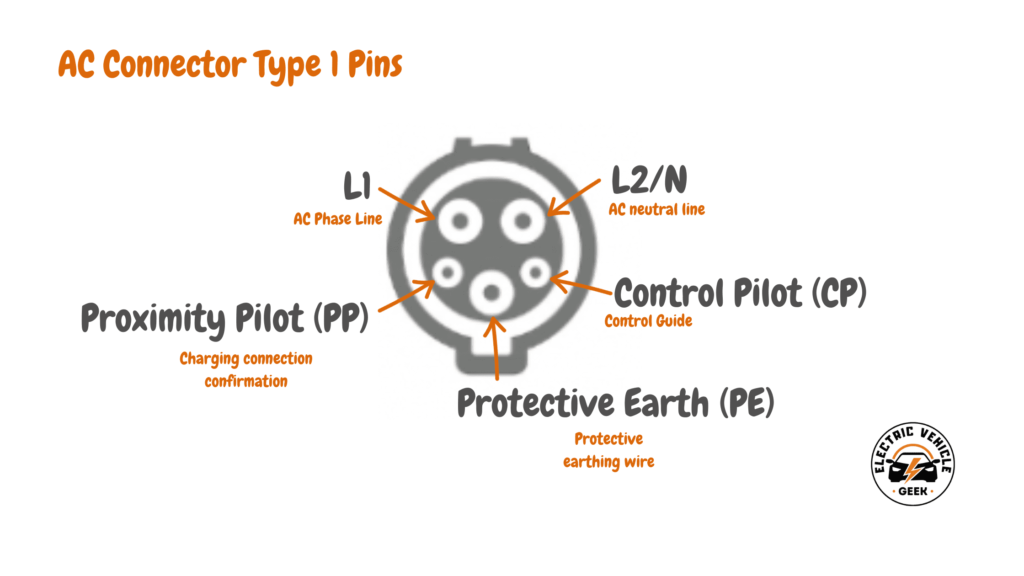
The five pins consist of the upper two pins and sleeves for the A.C. circuit; the Type 1 A.C. charger also consists of a protective conductor pin; another pin available on the Type 1 Charger is the control pilot pin that connects the in-cable control box of the charger, and the electric vehicles earth through the E.V.s control circuitry. The final pin is the proximity pilot pin, the primary purpose of which is to indicate the presence of the E.V. connector to the E.V.
Type 1 A.C. Charger (SAE J1772) is expected in the United States and Japan.
For E.V. owners looking for a Type 1 A.C. Charger, we recommend the Lectron Level 1 E.V. Charger, which comes with a 21ft Extension Cord long enough to be used outdoors or in your garage.
Lectron Level 1 E.V. Charger
We tested the Lectron Level 1 E.V. Charger, and the connectors fit ideally; we recommend it for its quality and impressive charging results; we were able to charge our E.V. at 12 amps with a standard 120 V A.C. outlet, and also worked perfectly on a 32 amps 240 V Ac outlet.

One of the cons of this charger is its price, especially being a Level charger, which is slower than Level 2 chargers; charging an EV With a Level 2 Charger was eight times faster than using the Level 1 A.C. Charger; that’s why we highly recommend considering investing in a Level 2 A.C. Charger.
Type 2 A.C. Charger
Type 2 A.C. Charger is also known as the Mennekes plug, and it is mainly installed on single and three-phase E.V. charging installations; the Type 2 A.C. charger is dedicated to supporting E.V. charging voltages of 480 V a.c for three-phase installations, and 250 V a.c for Single phase installations.
You can easily identify a Type 2 A.C. Charger with its 5 or 7 pins and sleeve, as shown in the infographics image below, that identifies the following 5 or 7 Pins in the table shown below:
| Pin & Sleeve Mark | Function |
|---|---|
| 1-(L1) | AC Power |
| 2-(L2) | A.C. Power |
| 3-(L3) | A.C. Power |
| 4-(N) | Neutral |
| 5-(PE) | A.C. Power |
| 6-(CP) | Control Confirmation |
| 7-(PP) | Connection Confirmation |
Below is an infographic showing the locations of the Pins on a Type 2 A.C. Charger.
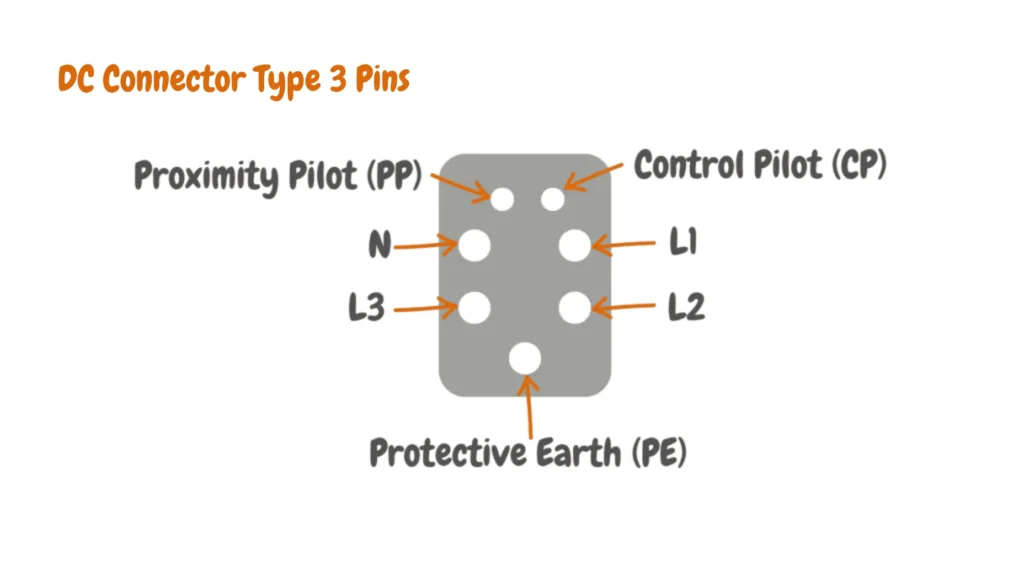
Best Type 2 A.C. Charger
For E.V. Owners looking for a Type 2 A.C. Charger, we recommend the ChargePoint Home Flex E.V. Charger; it’s a budget-friendly Type 2 A.C. Charger compatible with all A.C. networks, including 1-Phase and 3-Phase installations.
ChargePoint Home Flex E.V. Charger
Other A.C. Car Chargers we recommend include the Grizzl-E Level 2 Charger and the JuiceBox 40 Smart Electric Vehicle (E.V.) Charging Station is our top 3 best E.V. Chargers after testing dozens of contenders.
The ChargePoint Home Flex E.V. Charger, Grizzl-E Level 2 Charger, and the JuiceBox 40 Smart Electric Vehicle (E.V.) Charging Stations are the ideal Type 2 A.C. chargers that cost under $1,000, with a minimum 32 A rating for fast at-home charging.
The Type 2 A.C. Chargers also feature at least a 20-foot cord and weigh 50 pounds or less; you should be able to hardwire or plugin with a NEMA 14-50. The safety of Type 2 A.C. chargers is ensured with a certification by a recognized manufacturer testing lab backed by a minimum one-year warranty.
The Three Type 2 A.C. Chargers are also suitable for outdoor use; positive owner reviews and a cord organizer add to their convenience.
Type 3 A.C. Charger
Type 3 A.C. Charger is also known as the Scame connector; it’s not popular, especially in Europe; it’s installed on single- and three-phase charging installations.
The Type 3 A.C. Charger supports operating voltages of up to 480V a.c. for three-phase installations and 250V a.c. for single-phase installations.
The Type 3 A.C. Charger operating current supports up to 63 A for three-phase installations and up to 16 or 32 A for single-phase installations.

The Type 3 A.C. Charger is a unique type of charger compared to the Type 1 and the Type 2 A.C. charger because, according to IEC 62196-2, there are three different designs with different dimensions of the Type 3 A.C. Charger.
What are the different types of Level 3 chargers?
The first design and configuration of the Level 3 charger is the single phase charging that supports E.V. charging up to 16A, doesn’t exceed 250 V (P<3.7 kW), and only features on Pilot Contact.
The second type of Level 3 charger is a single-phase charging that supports E.V. charging up to 32 A, doesn’t exceed 250 V (P<7.4 kW), and includes two Pilot Contacts.
The most commonly used Type 3 A.C. Charger is the three-phased charging Type 3 A.C. Charger that supports up to 63 A, doesn’t exceed 480V (P<43kW), and includes two Pilot Contacts.

James Ndungu is a certified EV charger installer with over five years of experience in EVSE selection, permitting, and installation. He holds advanced credentials, including certification from the Electric Vehicle Infrastructure Training Program (EVITP) and specialized training in EV charging equipment and installation, as well as diplomas in EV Technology and Engineering Fundamentals of EVs. Since 2021, James has tested dozens of EV chargers and accessories, sharing expert insights into the latest EV charging technologies.
